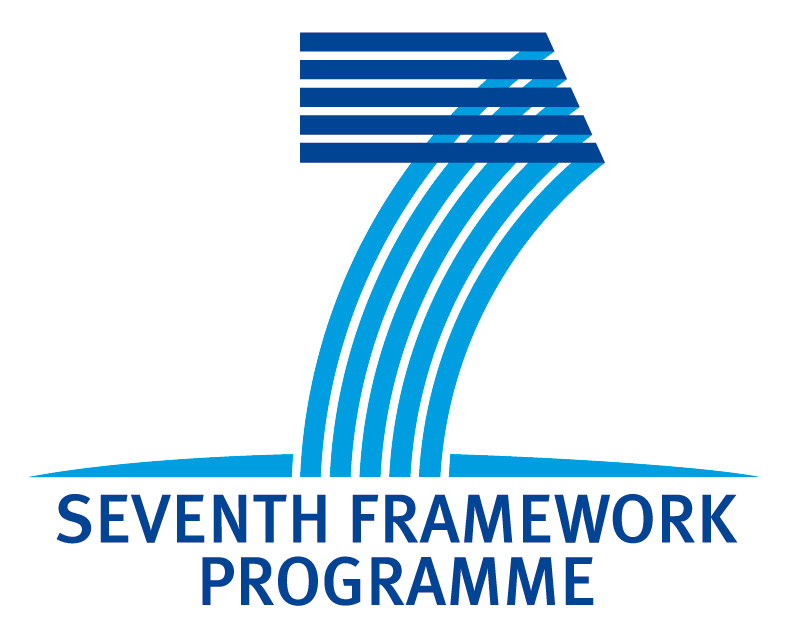Archaeobotany
Both macrofossil and microfossil analyses are applied and essential to the project. By examining the archaeobotanical assemblages from various regions, we explore not only the spread of novel staples into new territories, but also the local diachronic cultural and culinary changes.
During the 2011 field season, fieldwork was carried out at two sites in Central Asia. Excavations were carried out at the site of Botai in Nortern Kazakhstan, the type site of the Botai culture, where we collected and floated more than a hundred samples. With the assistance of a team from Northwest University, Xi'an, macrofossil and phytolith samples were collected from the Sidougou site in the Northern foothills of the Tianshan mountains, China. We are currently analysing these samples. Collaborative fieldwork aimed at archaeobotanical sampling has been scheduled for summer 2012, when Dr Liu will visit a number of key Neolithic locations in the Tibet Autonomous Region.
Laboratory work is carried out in the George Pitt-Rivers Laboratory at the McDonald Institute.
Please contact Xinyi Liu, Giedre Motuzaite Matuzeviciute or Martin Jones.
Archaeogenetics
We are using DNA analysis in the FOGLIP project to determine geographic patterns of genetic variation in crop species. The main species studied are barley (Hordeum vulgare) and foxtail millet (Setaria italica), but we also have side projects running on bread wheat (Triticum aestivum) and broomcorn millet (Panicum miliaceum). We are also planning to include other crops that may have crossed the Eurasian steppe such as buckwheat (Fagopyrum esculentum), hemp (Cannabis sativa) and various fruit tree species.
We are using genetic markers to infer the routes by which these crop plants may have spread, and the adaptations they underwent to novel environments and changing culinary traditions. These include the response of seed germination and flowering to environmental signals, tolerance to environmental stresses such as drought and frost, and alterations in grain quality such as the selection of glutinous types. Molecular genetic approaches provide powerful tools for analysing these plant characteristics.
Our work uses modern plant material, primarily landraces sourced from germplasm and field collections, 'historic' samples (from herbaria), and archaeological samples where suitable material is available.
Laboratory work is carried out in the Glyn Daniel Laboratory at the McDonald Institute for Archaeological Research, the laboratory of Prof. Chris Howe in the Biochemistry Department, and the John Bingham Laboratory at NIAB.
We welcome students and visiting researchers for work on existing genetics projects or related new projects.
Please contact Harriet Hunt, Diane Lister or Martin Jones.
Ethnography
We are collaborating with Dr David Sneath of the Mongolia and Inner Asia Study Unit (MIASU) at Cambridge, and Dr Hurelbaatar Ujeed of the Sampildondov Chuluun (National University of Mongolia) to gather current knowledge and memories of farming (with a particular focus on millet cultivation) in Inner and Outer Mongolia, with a view to better understanding disappearing cultivation practices. To date, we have been conducting interviews in the Tongliao-Chifeng region of Inner Mongolia, and the Bulgan region of Outer Mongolia.
Please contact Martin Jones.
Isotopic Studies
Isotopic analyses of human and animal bone collagen are being used to explore human and animal diet in archaeological
sites in Central Asia. By examining diet on an individual basis, we are exploring not only the spread of new staple
crops into a pre-existing agricultural regime, but also if there was any intra- or inter-population dietary variety related to archaeological group, sex, age or status. We
are also analysing animal bone samples in order to further understand animal management. Using these analyses, we are
tracing the spread of millet, wheat and barley through sites in Central Asia.
We are also using oxygen isotope analysis of animal teeth to reconstruct the climate around sites in Central Asia in order to
understand the effects of climate upon the cross-continental spread of crops. By using bulk and intra-tooth analyses
we will provide both an annual average and seasonal climatic signals that are directly related to the archaeology.
Laboratory work is carried out in the Dorothy Garrod Laboratory for Isotopic Analysis at the McDonald Institute for Archaeological Research.
We welcome enquiries regarding future isotopic research on existing projects or related new projects.
Please contact Emma Lightfoot, Xinyi Liu or Martin Jones.
|



